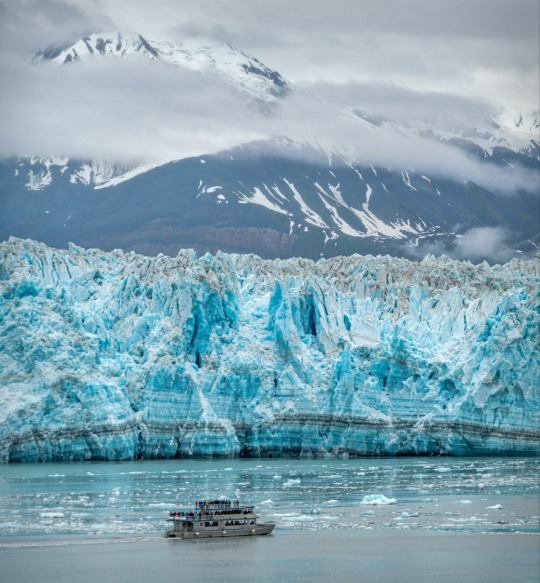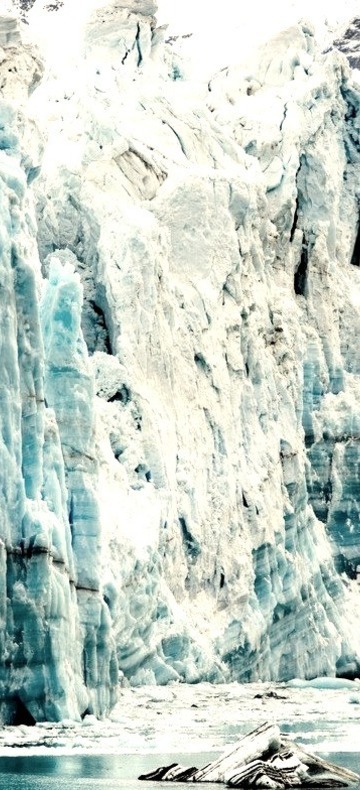#Hubbard Glacier
Explore tagged Tumblr posts
Text
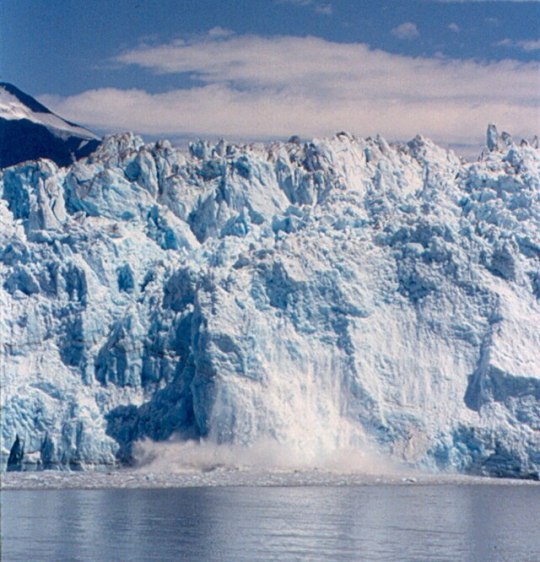
Sít' Tlein (Hubbard Glacier)
#hubbard glacier#ice#arctic#alaska#Sít' Tlein#aesthetic#glaciers#climate change#climate crisis#nature#snow#snowcore
23 notes
·
View notes
Text

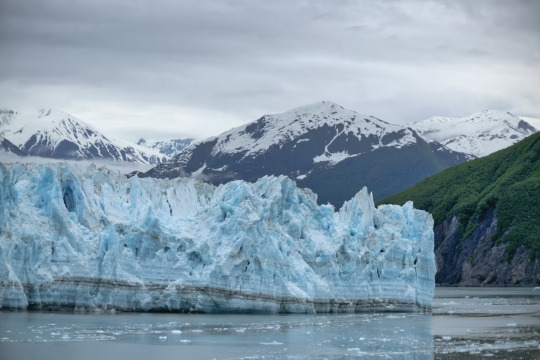
Hubbard Glacier, Alaska, USA
Peter Hansen
#Hubbard Glacier#Alaska#USA#US#North America#AKNature#Glacier#United States#United States of America
4 notes
·
View notes
Text
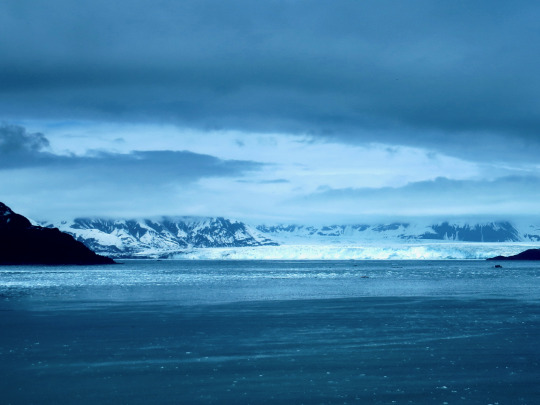
Hubbard Glacier, Wrangell-St. Elias National Park, Alaska
2 notes
·
View notes
Text



2 notes
·
View notes
Text
Alaska, um mosaico de atrações/Alaska, ein Mosaik aus Attraktionen/Alaska, a mosaic of attractions
O Alaska é um estado integrante dos Estados Unidos da América. Ele possui paisagens deslumbrantes e atrai anualmente milhares de turistas. Sempre tivemos o sonho de realizar uma viagem ao Alaska. Escolhemos visitar o Alaska através de uma viagem de trem, quando visitamos o Parque Denali e de cruzeiro, o que tornou tudo muito fácil e confortável. Esse post apresenta de forma geral as principais…

View On WordPress
1 note
·
View note
Text
From Dogs Sledding to Glacier Hiking: Explore Alaska’s Wilderness
Looking for a place to get away from the scorching summer? Well, How about planning a getaway to the winter wonderland : Alaska. The supposedly remote place is actually bustling with activities. From rock climbing to exploring restaurants, Alaska offers a wide range of activities to entertain everybody. We have made a list of things to do in Alaska for your convenience so that you can enjoy it…

View On WordPress
#Alaska Wildlife Conservation Reserve#Anchorage Market#Denali National Park and Reserve#Go Sledding with Huskies#Hubbard Glacier#Things to do in Alaska
0 notes
Text
Seabourn Quest: Jungfernfahrt in Alaska und exklusive Erlebnisse für 2025
Seabourn Quest: Jungfernfahrt in Alaska und exklusive Erlebnisse für 2025 Seattle, WA – Seabourn, der Inbegriff luxuriöser Kreuzfahrten und Expeditionsreisen, kündigt eine außergewöhnliche Alaska-Saison für 2025 an. Die Seabourn Quest wird in ihrer Jungfernsaison in Alaska von Mai bis September 18 siebentägige Routen zwischen Vancouver, British Columbia, und Juneau, Alaska, befahren. Gäste…
#Alaska Kreuzfahrt#Alaska Reisen#Endicott Arm#Expeditionskreuzfahrt#Glacier Bay#Gletscher#Helly Hansen#Hubbard Gletscher#Inside Passage#Jan Stearman#Juneau#Kreuzfahrt Angebot#kreuzfahrt news#Luxuskreuzfahrt#Naturerlebnisse#Seabourn#seabourn Quest#Seattle#Swarovski#Tracy Arm#Vancouver#Ventures by Seabourn#Wildtiere
0 notes
Text
youtube
Glacier Calving: The Powerful Force Behind Massive Waves and Climate Change Insights
Glaciers, those monumental rivers of ice flowing from high mountain peaks and polar regions, are not only stunningly beautiful but also hold incredible, often unpredictable power. Among the most captivating and intense events involving glaciers is glacier calving—a natural process where enormous ice chunks break away from a glacier’s edge and crash into surrounding water. This dramatic phenomenon not only creates an unforgettable visual display but also generates massive waves. In this article, we’ll explore glacier calving, what causes it, the powerful waves it creates, and the broader implications for ecosystems, human activity, and climate science.
What is Glacier Calving?
Definition: What is Glacier Calving?
Glacier calving is the process where large pieces of ice detach from a glacier's edge and fall into the adjacent water. These ice chunks vary in size, from small pieces to massive blocks as large as multi-story buildings. Calving is a powerful and visually spectacular event that can produce waves felt miles away.
Where Does Glacier Calving Occur?
Calving occurs most frequently at the terminus (the end) of glaciers that extend into bodies of water like lakes, oceans, or fjords. It’s most common in polar regions, such as Greenland and Antarctica, where glaciers meet the sea. These environments allow ice chunks to break off and fall into the water, forming waves that can be incredibly powerful and far-reaching.
How Does Glacier Calving Happen?
Calving happens due to the natural movement of glaciers. As a glacier moves forward, driven by gravity, the ice at its edge becomes thinner and fractures. Over time, these fractures deepen, eventually causing large chunks of ice to break away. The forward motion pushes these ice chunks towards bodies of water, where they drop, creating an impactful and sudden splash.
The Science Behind Glacier Calving and Wave Formation
Ice Dynamics and Fracture Mechanics
The constant advance of glaciers creates stress along their edges, leading to cracks and fractures in the ice. When the ice reaches a critical fracture point, large sections break off. This detachment causes sudden displacement as the ice hits the water, creating waves that can be extremely powerful.
How Does Glacier Calving Generate Waves?
When an ice chunk detaches and crashes into the water, it displaces the water around it, creating a splash and powerful shockwaves. The size and intensity of the resulting wave depend on the size of the ice chunk. Larger ice pieces create more significant waves, capable of traveling far distances.
Wave Propagation in Glacier Fjords and Bays
Once a calving event occurs, the waves created by the impact move outward from the point of collision. In confined areas, like fjords or bays, these waves can be particularly intense. They bounce off rock walls, sometimes becoming even larger and more forceful, and can travel for kilometers, posing a danger to anything in their path.
The Impact of Calving Waves on Ecosystems and Human Activity
Environmental Impact: How Calving Waves Affect Marine Ecosystems
Calving waves can have a significant effect on local ecosystems. The waves stir up the seabed, displacing marine organisms and disturbing habitats. Over time, repeated calving events can also erode coastal areas, affecting both flora and fauna in the surrounding environment.
Human Implications: Why Calving Waves Are Dangerous
For people living in or near glacier regions, calving waves can pose severe risks. Fishing vessels, research ships, and tourist boats are especially vulnerable, as calving waves have capsized boats and caused substantial damage in the past. Coastal communities near glaciers or fjords may also feel the impact of these waves, making it important for ships and local authorities to remain vigilant.
Climate Change and Glacier Calving: A Connection with Global Implications
Climate change is accelerating glacier calving worldwide. Rising temperatures cause glaciers to melt and thin, making them more prone to calving events. This not only increases the frequency of calving but also contributes to global sea level rise as more ice melts and enters the ocean. Areas like Greenland and Antarctica, where calving is occurring at unprecedented rates, are contributing significantly to rising seas—a growing concern for coastal cities and communities worldwide.
Notable Glacier Calving Events and Their Massive Waves
To understand the sheer power of glacier calving, let’s look at some notable glaciers known for their spectacular calving events.
Jakobshavn Glacier, Greenland: One of the fastest-moving glaciers globally, Jakobshavn has witnessed some of the largest calving events on record. Chunks of ice as large as skyscrapers break off, creating waves that can be felt miles away.
Hubbard Glacier, Alaska: This Alaskan glacier is known for periodic large calving events that generate waves affecting cruise ships and other vessels in nearby fjords. This glacier’s movements attract scientists and tourists alike, both drawn by its power and potential risks.
Pine Island Glacier, Antarctica: As a significant contributor to ice loss in Antarctica, Pine Island Glacier’s calving events are substantial enough to be detected by seismometers thousands of miles away, showcasing the global scale of calving’s impact.
Fascination and Caution: Observing Glacier Calving Events
The Appeal of Glacier Tourism
For many tourists, witnessing a glacier calving event is a once-in-a-lifetime experience. The intense sound—often compared to a thunderous "crack" or "roar"—followed by a massive splash and radiating waves, creates a powerful, memorable scene. Locations such as Alaska, Greenland, and certain parts of Antarctica are popular destinations for this reason.
Safety Precautions for Viewing Glacier Calving Events
Despite their allure, calving events are highly unpredictable, and the waves they generate can be dangerous. Tourism operators and guides near glaciers must take strict precautions, maintaining safe distances from glaciers to ensure the safety of visitors. Special care is necessary for boats, as the waves can capsize small vessels that venture too close.
The Future of Glacier Calving and Its Impact on Sea Level Rise
As climate change continues to increase global temperatures, glaciers worldwide are expected to retreat and calve more frequently. This trend not only raises the likelihood of dangerous waves but also leads to long-term impacts, such as accelerated sea-level rise. Glacier calving events remind us of the urgent need to address climate change and mitigate its effects on our planet’s natural systems.
Conclusion: Glacier Calving as a Reminder of Nature’s Power
In summary, glacier calving is a breathtaking natural event and a powerful force with significant environmental, social, and scientific implications. From the thunderous crash of falling ice to the waves that ripple across fjords and bays, glacier calving captivates us while serving as a stark reminder of the interconnectedness of Earth’s natural systems. As climate change continues to reshape our world, glacier calving highlights the need to understand and preserve these fragile ice giants that are vital to our planet’s health and future.
By understanding glacier calving, its causes, and its consequences, we not only gain insight into one of nature’s most spectacular displays but also increase our awareness of the urgent climate issues facing our planet today.
Go To The Power of Glacier Calving
#glacier calving#calving waves#glacier waves#environmental impact of glaciers#climate change glaciers#sea level rise#melting glaciers#Arctic glaciers#Antarctic icebergs#Greenland glaciers#glacier tourism#glacier ecosystems#glacial ice fracturing#marine ecosystems climate change#global warming impacts#glaciers and climate change#coastal erosion by glaciers#Pine Island Glacier#Jakobshavn Glacier#Hubbard Glacier Alaska#glacier safety measures#glacier calving events#polar science#fjord waves from glaciers#climate change impacts on ice#Youtube
0 notes
Text

Hubbard Glacier, Alaska. Photo by Peter Hansen.
#rvlife#camping#rv living#adventure#traveling#rvadventures#travel#campfire#rvliving#travel photography#rvlivingfulltime#rv life#vanlove#vanliving#van living#van life#hikingadventures#hiking
340 notes
·
View notes
Text
Thursday 22nd June 2023
Overslept. Now I know for any trip research is the key to successful outcomes. The main event of the day came upon us as a total surprise bearing in mind the expectations of an 'at sea' day are automatically set at low. Captain announced just after the sunny side up eggs were delivered to my plate that the fog was lifting and the sun was breaking through providing stunning views of the Hubbard Glacier and he strongly advised shifting to an upper deck to get an eyeful before it melted. Advice I have to say that fell on the totally deaf ears of Mrs Blobby who had reserved her place in the hot tub and wasn't going to squeeze her way out of it for anyone. The Hubbard Glacier is some 80 miles in length but we were able to view its leading edge where it touched down to the water's edge. Here the glacial cliff face was 3 miles wide and 400 feet high! When the sun shone, it's rays diffusing through the ice, filtering all but the pale blue frequencies adding to its majestic structures. We were looking directly into water frozen in time formed thousands perhaps millions of years ago making us in some way feel we should not really be there at all witnessing this. In the silence, ships engines inaudible, water becalmed and still, icebergs floating inanimate on the surface and below, no visible wildlife, it became quite an eerie and desolate place; awesome maybe. The lumps of ice and small icebergs littering the surface all around us lay as testimony to the indulgence of recent generations causing the breakup of this ancient natural phenomena. The commentator described the breaking off of the ice as calving and conjectured we might be 'lucky' enough to see more of it actually happen! Further trivialising the experience declaring it worthy of an episode of 'Game of Thrones'!
After a small lunch, we took a turn around the deck. 12 turns to be more accurate; approximately 4 miles, with extra time on two occasions due to whale spotting. First spotting was of two animals, second there must have been five or six. At least three other cruise ships were seen heading to the glacier. This juxtaposition of cause and effect of climate change is challenging. Then a short break before a trip to the gym to burn sufficient calories to justify the pudding at dinner.
Great dining day today. Maine Lobster tonight and Baked Alaska.
This is the day the world was told the fate of 'Titan' the tourist exploration vessel searching for Titanic.
A reflective day!
ps. We sit alongside 2 other tables for 2 in the dining room. Both are inhabited by American couples. These people each order 2 starters, 2 or 3 main courses and 2 or 3 desserts. They are all obese. Tonight one commented that we only had one of each and accused us of being SO Un-American! Oh? Possibly because thankfully we have been spared the misfortune of being born American. It appears that of 2500 guests, we might be the only English.
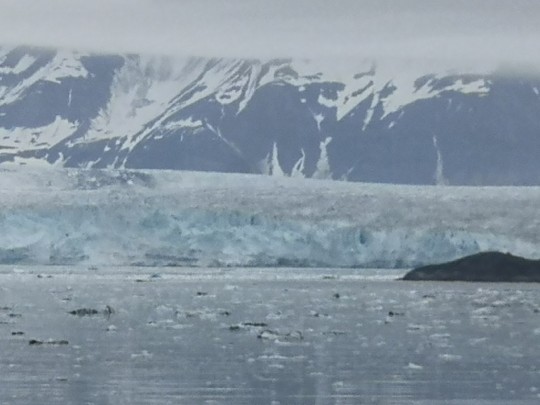
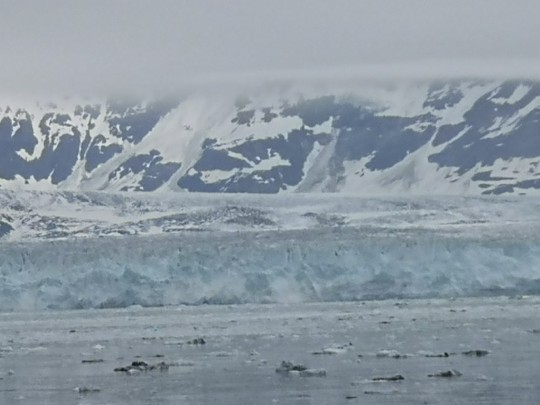

3 notes
·
View notes
Text
July 4, 2023 - Day 190
Hubbard’s Glacier, Alaska
In the comments section “easyasgoingtothedentist” asked the following question so I thought I would try and answer. My response is probably too long but I wanted to give it a go so here it is.
Question = “It’s hard to believe you have been on this journey for half a year now. With one month remaining, would you reflect on your favorite places and where you would return to? Any comments on the world atmosphere post-Covid which you have experienced? How about any interesting people you have met on the ship? Which ports did they embark? What nationality were they? It has been really fun to read of your escapades. Thank you. Oh- and could you please post a map of the rest of your ports-o-call?”
Thank you for your note. I appreciate that someone is actually looking at this. It is hard to answer your first question because there have been so many but let me give you a few statistics before I try.
On this trip we have visited 44 countries with 117 stops in different cities. I keep track of how far we go each day and the two screenshots below show my mileage markers. To date we have traveled 51,430 miles and have 7,195 miles to go for a total voyage of 58,625 miles. As far as the rest of the voyage we will be visiting Sitka, Ketchikan, Prince Rupert, Victoria, Astoria, San Francisco, Cabo San Lucas, Zihuatanejo, Puerto Quetzal, Puentarenas, Cartagena and Great Stirrup Bay in that order. We weren’t allowed to land in Peru or Myanmar because of political unrest and missed Kodiak Island and Hubbard’s Glacier because of weather. Because of CoVid we were the first cruise ship to return to many of the ports and there were extremely happy to see us. Bands, dancing and big welcome signs were common. Many of these places depend on the tourist business and there were many closed businesses and restaurants that didn’t survive.
The average age of people on the ship is 72, the oldest is 92 and the youngest is 23. Five people have died during the voyage, there was one helicopter evacuation because of a heart attack, there have been 8 people that have broken arms, legs and wrists because of falls and 2 couples have been kicked off the ship because of misbehavior. The ship doesn’t advertise these events so there may have been more but these are the ones I know about.
Three hundred and fifty of the Around The World passengers got on and will get off in San Francisco. Fifty seven got on and off in Miami and NewYork. Half the passengers are from the US, 25 % from Canada and the rest from other countries including Switzerland, Germany, UK, New Zealand, Australia, Holland, Israel, Mexico, Columbia, Turkey and two Ukrainians. The passengers are fairly affluent with representation from all races, colors and nationalities. Most are retired but some still working a little. The professions include medical Doctors, lawyers, engineers, book authors, a retired bus driver, a police detective, a tobacco factory owner, university professors, bed and breakfast owners, medical laboratory technicians, the owner of a Canadian lumber company, the chief architect for Home Depot, high school superintendents, a physiologist and many more that I don’t know.
The crew is even more diverse. The Captain is from Croatia and most of the officers from Eastern Europe. There are only about 8 of the crew that actually work for the cruise line the rest work through a contract company and are mostly Indian, Philippino and Indonesian. The chef and ship manager are French.
As far as places I would like to go back to there are many so let me just pick one or two from each continent. The highlight of the trip was Antartica. Amazing scenery, amazing animals and absolute desolation. In South America it would be Punta de Este, Uruguay followed by Puerto Monty, Chile and Recife, Brazil. In Africa it would be the Seychelles followed by Cape Town, South Africa and Walvus Bay, Namibia. In the Middle East it would be Muscat,Oman. Dubai, of course, is great but it is just a big international city. In South Asia it would be Columbo, Sri Lanka. In the Far East all of Japan was great but if I had to pick it would be Hakodate and Kobe, Japan followed by Ha Long Bay, Vietnam and Singapore.
Politically my biggest surprise was how strong the Chinese influence is in many of the countries especially West Africa. The situation in these countries is very sad. It is to much to discuss here but basically the vast majority of people live in extreme poverty with the few people in power selling off the resources of the country to China to enrich themselves. The Chinese then move their people in to gain land and resources at the expense of the local population.
Another surprise and disappointment was what I saw in San Diego and San Francisco. The downtown streets are lined with tents and cardboard boxes housing the homeless. There were many many more than I saw in even the poorest countries we visited. I am not going to get into the reasons I think this is happening but there is definitely something wrong in these cities and it needs to be fixed.
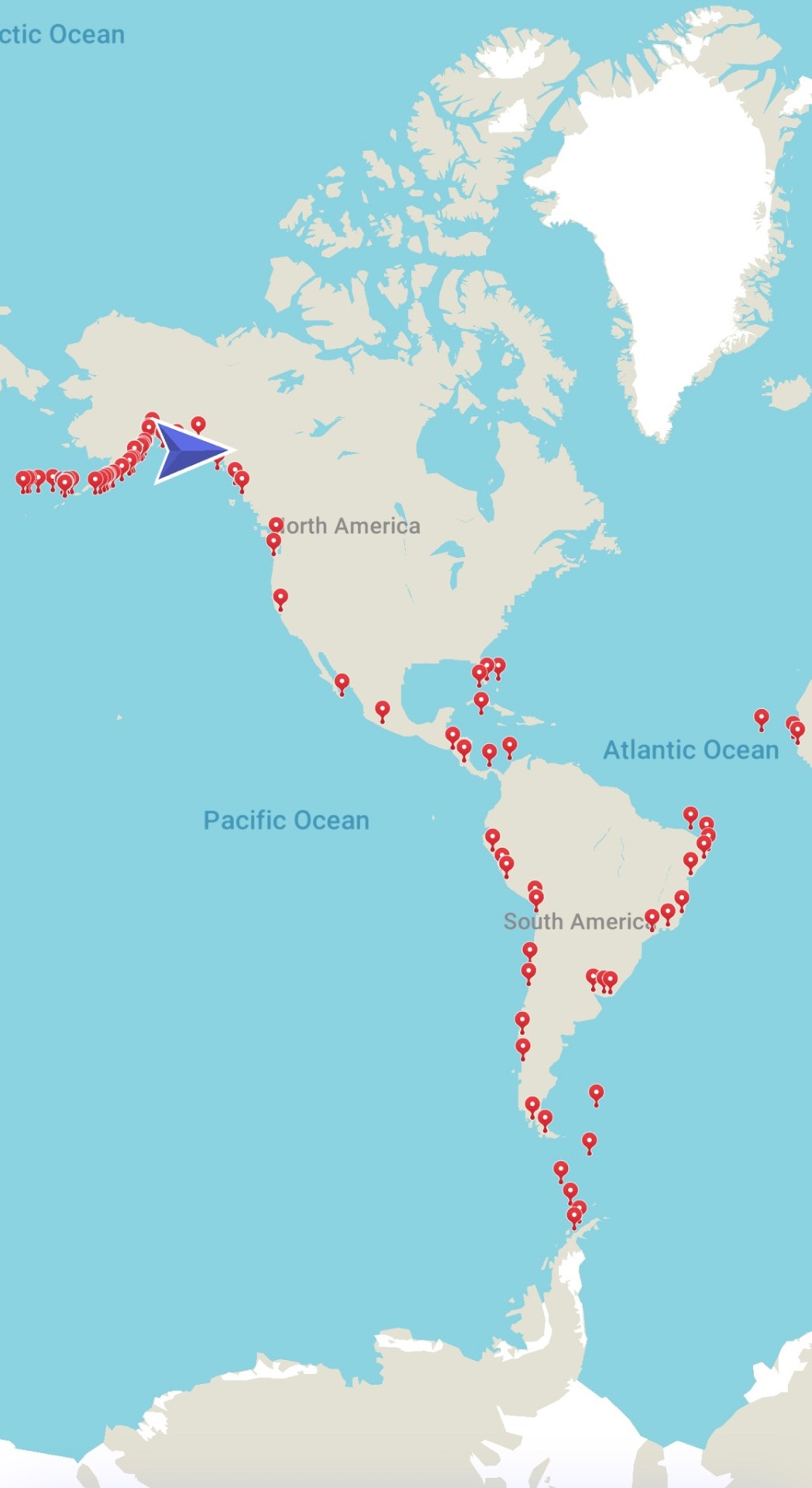
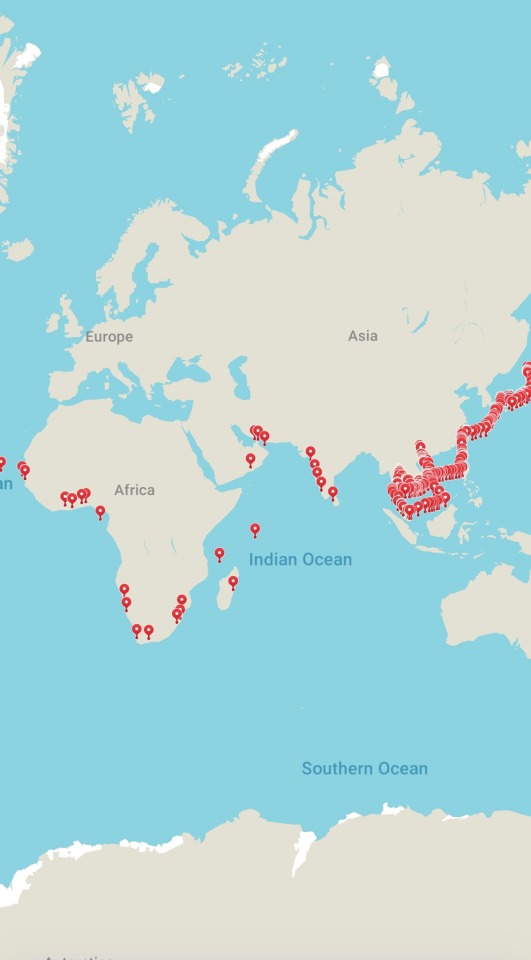
2 notes
·
View notes
Text
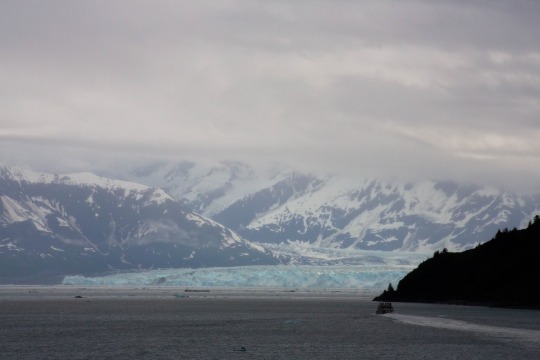
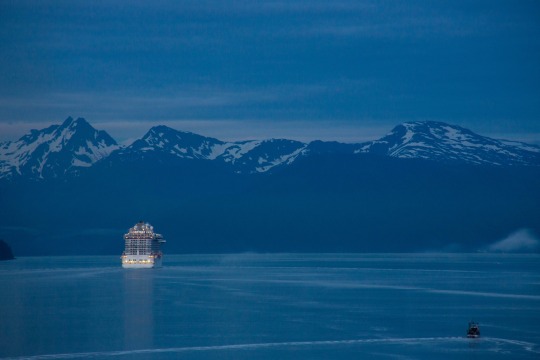
Hubbard Glacier, Alaska
2 notes
·
View notes
Text
Mount Hubbard
Mount Hubbard Photo: Hubbard Glacier and Mount Hubbard, AK, by Anton Bielousov. On the border of Alaska and Yukon, Mount Hubbard stands as a testament to nature’s awe-inspiring grandeur. This formidable peak, with its snow-capped summit piercing the sky, beckons adventurers and nature enthusiasts alike. Let’s embark on a journey to explore the geographic wonders, climbing legacy, rich…
0 notes
Text
Living the Dream Year 4 Day 145 - Clifty Hill 2 - Day 12 of 25-day Alaska to Las Vegas - Day 8 of 13-night Alaska and Los Angeles cruise on Brilliance of the Seas - Day 2 at sea traveling from Hubbard Glacier to Vancouver, British Columbia, Canada
Year 4 Day 145 “Living the Dream”. Sunday, 9/22/2024. Day 12 of 25-day Alaska to Las Vegas trip. Day 8 of 13- Alaska and Los Angeles cruise on Brilliance of the Seas. We are back to our original departure port, Vancouver, British, Columbia, Canada along with the Rotterdam. We are doing a back-to-back cruise from this port. The ship is heading to Los Angeles where we will disembark. We are up…
0 notes
